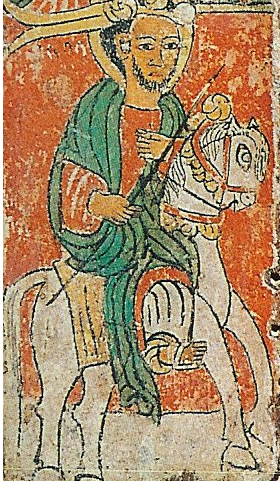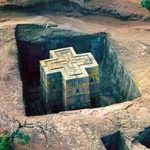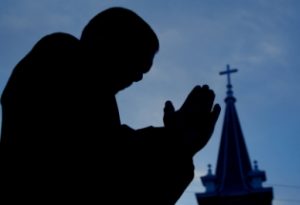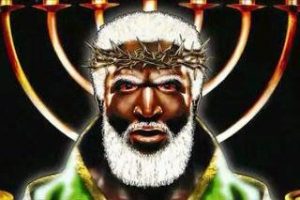
A Guardian of the Temple Structure:
HIM Emperor Lalibela, Defender of the Ethiopian Faith
 Lalibela’s regnal name was, Gebre Meskel (Ge'ez: ገብረ መስቀል, lit. 'Servant of the Cross';). He was born in the year 1162, ascended to the Throne of Ethiopia 1181, until he ascended to His Maker in the year 1221.
Lalibela’s regnal name was, Gebre Meskel (Ge'ez: ገብረ መስቀል, lit. 'Servant of the Cross';). He was born in the year 1162, ascended to the Throne of Ethiopia 1181, until he ascended to His Maker in the year 1221.
Emperor Lalibela was from the Zagwe dynasty, and according to Taddesse Tamrat, he was the son of Jan Seyum and brother of Kedus Harbe. He is the most well-known of the Zagwe monarchs, due to the monolithic churches of Lalibela named after him, which are attributed to his reign. He is venerated as a saint by the Orthodox Coptic Ethiopian Tewahedo churches.
Early during the reign of Lalibela, he saw Jerusalem in a vision and believed this vision to be a command from God for him to build a new Jerusalem, as his own capital in Ethiopia, in response to the capture of old Jerusalem by Muslims in 1187.
As such, his new capital was home to 11 rock-cut monolithic churches and featured towns with Biblical names including a river, known as the River Jordan (Amharic: ዮርዳኖስ ወንዝ, translit. Yordanos Wenz). The city remained the capital of Ethiopia from the late 12th century and into the 13th century.
Details about the construction of his 11 monolithic churches at Lalibela have been lost.
However the later Gadla Lalibela, a hagiography of the king, states that he;
carved these churches out of stone with only the help of angels.
 Although little written material concerning the construction of these Churches exist, a sizeable quantity information concerning Lalibela's reign remains, much of this is contained within the Gadla Lalibela, plus other sources.
Although little written material concerning the construction of these Churches exist, a sizeable quantity information concerning Lalibela's reign remains, much of this is contained within the Gadla Lalibela, plus other sources.
There was also an embassy from the Patriarch of Alexandria that visited Lalibela's court around 1210, and they have also left an account of him.
From this information, we learn that Emperor Lalibela, was a very religious, devoted and righteous monarch, a good example of the historic character of many Ethiopian monarchs in history.
The Credentials and Significance:
Emperor Lalibela, his reign and his achievements, namely the 11 Churches; are of the utmost importance and significance, not only for African people, but for all Christians and humanity in general, as not only has he left us these remarkable rock cut churches, still today, baffling architects and scientist to their construction, but these Churches, also offers us an insight and glimpse, into the one of the last examples on earth, of the lost arts of masonry. Notwithstanding that his capital and these churches are claimed to represent the site of the New Jerusalem, when it comes down from heaven.







